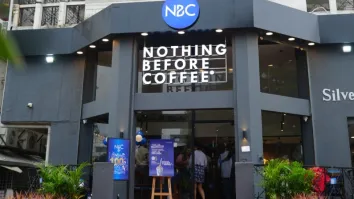
Here’s what’s on the cards for the Asian foodservice industry in 2016
Western fast food is on a downtrend.
This year is poised to see a string of changes within the Asian fast casual and quick service industry, as domestic players grow in numbers, and the trend for healthy food pervade the region.
According to a report by Transparency Market Research, the developing parts of Asia, especially in countries like India and China, are fueling the growth of the global fast food market. This is largely on back of Asian consumers’ growing purchasing power, coupled with the rising inclination for dining out.
Meanwhile, a report by Euromonitor International reveals that Westernisation in foodservice will see a pullback this year. Western fast food staples like burgers, chicken, and bakery will may see weaker performance in 2016, as the year will likely be dominated by Asian fast food.
Throughout Asia Pacific, domestic quick service chains, even small-scale ones, are expected to lure in consumers with an offering of high quality fast food. Moreover, these chains will likely flourish in suburban areas usually overlooked by multinational fast food chains.
In addition, the global trend for health and wellness will push producers into innovating across the supply chain to meet consumers’ demand for healthier and more attractive food. The report also asserts that Asian consumers will show an increased interest about the origin and contents of the food they purchase.
High-income consumers, in particular, will likely spend more on premium food and beverage products in a bid to stave off healthcare costs in the future. However, the slowdown in economic growth within the region might push most consumers in the Asia Pacific to be more wary of costs.
Notably, social media will see an even bigger role as more consumers are expected to jump on the bandwagon. In turn, food producers will place more focus on brand management and marketing.
The report asserts this will be particularly strong in China, where polls show that nearly 5 in 10 respondents share pictures of food online on a regular basis, and nearly 3 in 4 say they are swayed by celebrity endorsements when grocery shopping or picking a restaurant.


























